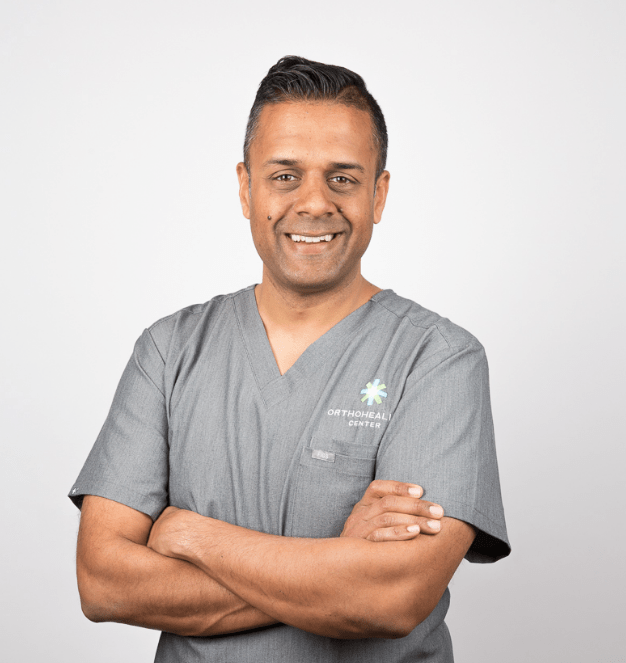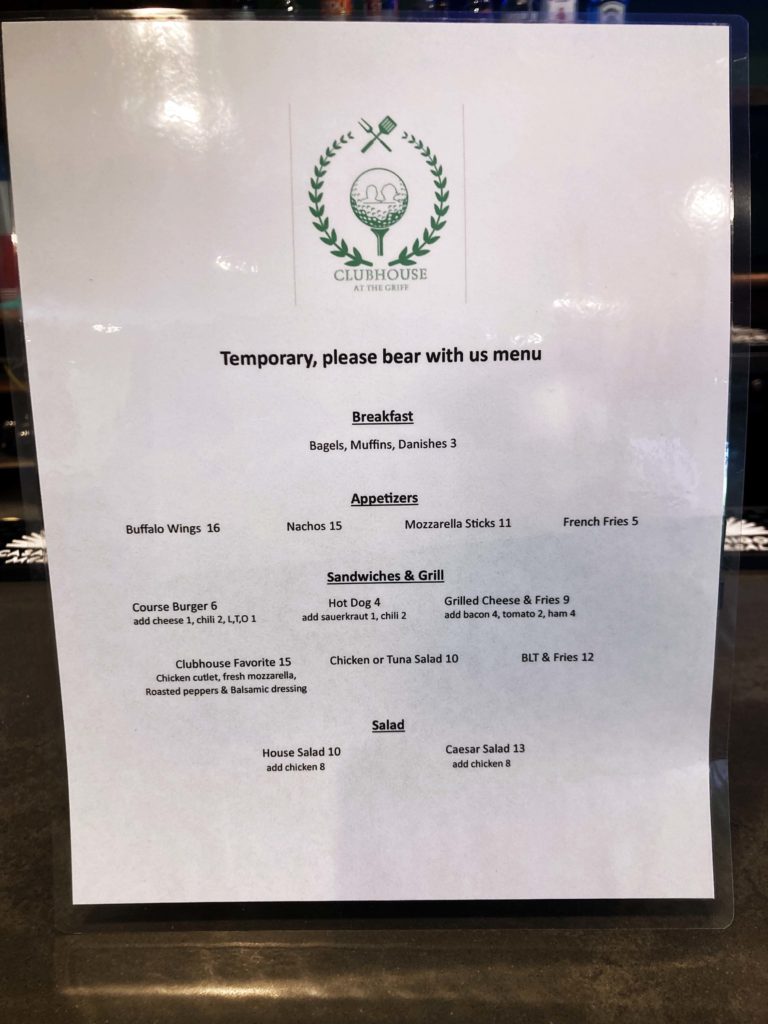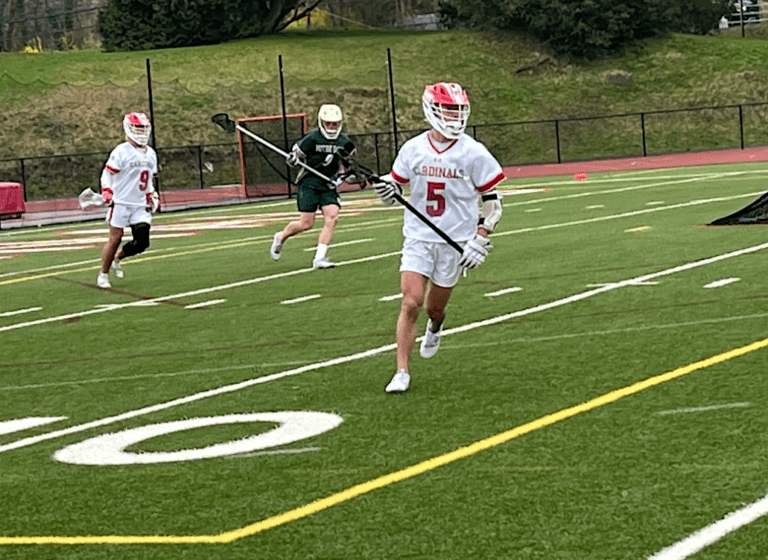

By Dr. Rikin Patel
Unfortunately, from the age of thirty my bones, like yours have begun the gradual descent to fragility. Often called the silent killer, osteoporosis, “loss of bone density”, is not something that only effects post-menopausal women — yet is a disease that troubles each and every one of us in the form of function. How we move, how we perform and the quality of our everyday living. 10 million Americans currently have osteoporosis and another 44 million are at increased risk of developing it. Worldwide 1 in 3 women over age of 50 will experience osteoporotic compression fractures as will 1 in 5 men over 50.
Our skeletal system is the frame on which we move. Like the chassis of a car it supports us throughout our ride called life. My 2006 Honda Odyssey hit 150k miles recently and the engine still hums, but the frame rattles like the roof is about to fly off.
In our own lives the importance of maintaining our chassis was never as important as it is today. In the 1960’s life expectancy was around 70. By 2000 it became 75. And today, its 85+.
The trouble that I have seen in my 10 years of practicing orthopedics and spine care is that your engine will go but the chassis will begin to say no. That leads to pain, debility and a compromised quality of life.
So what can we do about it? We can now prepare our bodies for aging. We can actually strengthen the skeletal frame, so that no matter how long we live we can do so with greater vitality, strength and balance.
Science has shown that to strength our skeletal system (bones), we must be able to load our bones in order for it to grow (strengthening). That can be done many different ways: jumping and running are common ways that we can impact bones, a concept known as osteogenic loading. The issue? Those repetitive activities can be detrimental to the longevity of our joints and may lead to pain, functional impairment and disability.
Several medications exist in the market that can improve and/or preserve bone density. These medications are often considered the gold standard to treating osteoporosis. However, aside from cost, many of them come with undesirable side effects or risks which many would prefer to avoid. Those of us taking calcium and vitamin D supplements may think we are preventing bone loss. However, we are only given our body the building blocks for bone health without a stimulus that will actually use those key nutrients to build bone. Bone density generation requires intense loading.
A newly developed robotic musculoskeletal development system has allowed us to emulate the force required to stimulate osteogenesis (bone growth) without the risk of injury, with minimal effort and maximum outcome. A true biohack, the Spectrum system is available at Osteostrong locations and consists of a series of machines that only require a total of 60 seconds of effort, 1x/week to improve your bone strength and balance. A force of 4.2 multiples of body weight is the minimum required force to trigger bone growth in the hip joint (the most important place to avoid fracture) and peak forces with adults in conventional resistance exercise only show 1.26 to 1.54 multiples of body weight. Spectrum allows you to experience the required force while minimizing your risk for injury.
In 2015, In the Journal of Osteoporosis & Physical Activity, Jaquish et al. demonstrated a 14.9% average increase in bone density in post-menopausal women after 6 months of osteogenic loading using a robotic muscular developmental system.
The benefits of osteogenic loading goes beyond building strong bones. Improvements can be seen in balance, posture, strength and athletic performance for any age group, as long as you’re 4’11″. Furthermore, while it maybe a little premature to proclaim, in my opinion, this may turn out to be the key to a future of pain-free living.
Dr. Rikin Patel is board certified in both PM&R with subspecialty board certification in both Sports Medicine and Pain Medicine. Specialized in Non-operative Orthopedic and Spine Care.




